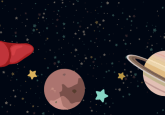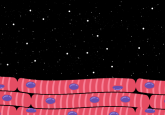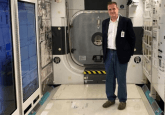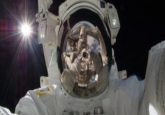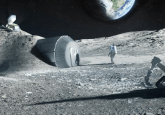Space food for thought: ISS-grown lettuce is shown to be safe and nutritious
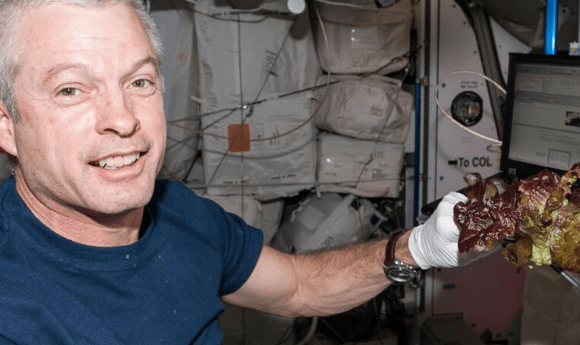
New research demonstrates the potential of lettuce grown aboard the International Space Station (ISS) as a dietary supplement during long-range missions, vastly improving the versatility of space food.
A new study, conducted by researchers at the Kennedy Space Center (FL, USA), has demonstrated the safety and nutritional value of a variety of red romaine lettuce that was grown on the ISS in specially developed plant growth chambers.
Astronauts currently rely on processed, pre-packaged space food, for example, dried fruit, nuts, chocolate and meats. As well as providing some much-needed variety, the ability to consume fresh produce during a space mission would provide astronauts with additional nutrients that are not readily available in pre-packaged rations.
The need to effectively grow fresh produce is especially relevant with the prospective long-range space missions – such as the Artemis missions and NASA’s first crewed mission to Mars – that are currently planned.
The Vegetable Production Systems, informally termed ‘Veggie’, are equipped with LED lighting and a passive watering system. Previously sterilized seeds were grown in rooting pillows, which contained a calcined clay substrate, controlled-release fertilizer and germination wicks for seed attachment.
The lettuces grew for between 33 and 56 days, before being consumed by crew members. No side effects were observed following ingestion of the plants. The carbon dioxide levels, humidity and temperature were all recorded, and the data utilized to grow control plants at the Kennedy Space Center in replicated conditions.
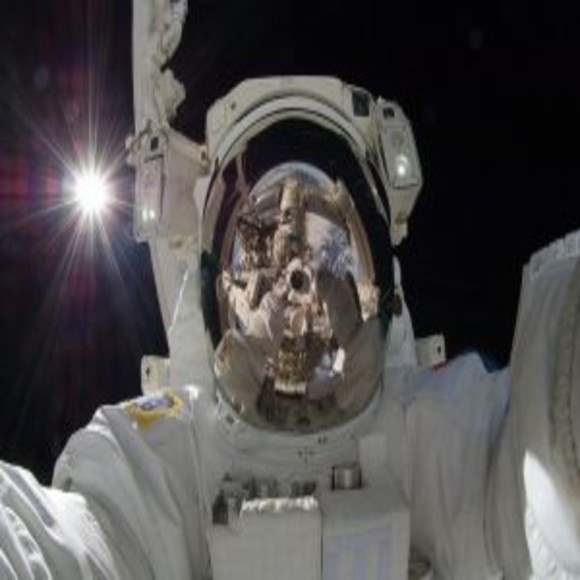 A phone call from space: first blood clot in space treated by doctors on earth
A phone call from space: first blood clot in space treated by doctors on earth
After an astronaut’s blood clot was discovered during a mission, an expert successfully treated the condition from earth.
A proportion of the space-grown lettuces were deep-frozen and sent back to earth for additional analysis. The space lettuces exhibited a similar composition of elements to their earth-grown counterparts. In some cases, the space-grown plants were shown to be richer in potassium, sodium, phosphorus, sulfur and zinc.
Additionally, the team utilized next-generation sequencing for analysis of the bacterial and fungal communities inhabiting the leaves and roots. Despite the unique conditions afforded by the ISS, both the space-grown and control lettuces exhibited similar microbial flora, when the most abundant microbial genera of the leaves and roots were compared.
Vitally, additional testing confirmed that the plants contained no bacterial strains that are known to adversely affect human health, for instance, Escherichia coli or Salmonella. The fungal and mold spore numbers were also demonstrated to be within a safe range for human consumption.
“The ability to grow food in a sustainable system that is safe for crew consumption will become critical as NASA moves toward longer missions. Salad-type, leafy greens can be grown and consumed fresh with few resources,” explained study lead author Christina Khodadad.
It is now hoped that these crop growth tests will open the door for other nutritious plants, such as small fruits, to effectively be grown in space. The availability of fresh produce to astronauts’ diets could help humanity journey further through the stars than ever before.
